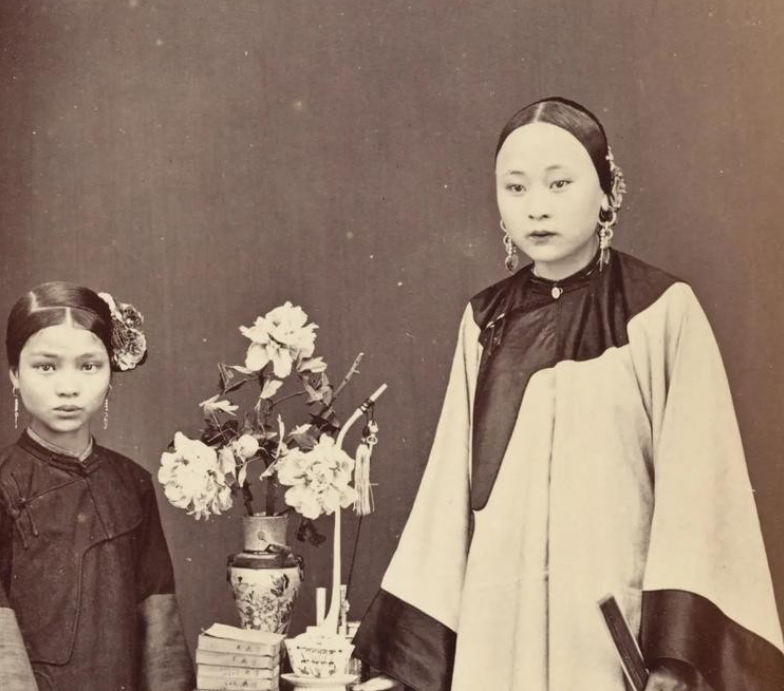In the dim glow of wedding candles, a young bride sits nervously on an ornate wooden bed, her red veil concealing a mixture of fear and uncertainty. Just three steps away stands another young woman, her fingers clutching a white silk handkerchief—this is Cui Gu, the bride’s maid, but her role is far more complicated than just serving tea. She is a “tongfang” maid, a concubine-in-waiting, part of an ancient Chinese tradition where female attendants were expected to serve not just their mistresses, but also their masters—in every sense of the word.
The Fate of a Maid: Two Paths, One Dangerous
For young women like Cui Gu, marriage meant a fork in the road: either they were married off to servants and continued life as housemaids, or they became “tongfang” concubines, remaining in the master’s chambers, often facing jealousy, competition, and sometimes, tragedy.
Historical records paint a brutal picture. According to the Qing Bai Lei Chao (a collection of anecdotes from the Qing Dynasty), a wealthy salt merchant named Li took four maids as part of his wife’s dowry. Within three years, two had been sold, one had committed suicide, and only the most cunning survived to become an official concubine.

The Survival Skills of a Concubine
To survive in such a ruthless environment, tongfang maids developed a unique set of skills:
- The Art of Silence: The Imperial Household Regulations explicitly stated that maidservants attending to their masters at night “must not make a sound.” They had to be present, yet invisible.
- Strategic Presence: A concubine had to be noticed, but not too much. A Ming Dynasty manuscript from the Suzhou Museum, Instructions for Maids, advised: “Be clever but not cunning, lively but not flirtatious.”
- Financial Caution: Jiangnan folklore tells us that many maids secretly saved money, knowing that favor was fleeting. Love was like spring dandelions—beautiful, but blown away by the wind.
Notable Concubines Who Made History
Despite their struggles, some concubines left a lasting mark:
- Ping’er from Dream of the Red Chamber: Serving under the powerful Wang Xifeng, she became the epitome of a perfect maid—perceptive, diplomatic, and ultimately, indispensable.
- Sai Jinhua: Originally a concubine in a scholar’s household, she was later given to a German officer and became one of the most famous courtesans in China.
- Mrs. Du Yue-Sheng: The fifth wife of Shanghai’s notorious gangster Du Yue-Sheng, she started as a maid but rose to influence in Shanghai’s underworld.
The End of an Era—Or Is It?
In 1909, the Qing government officially outlawed the sale of people, gradually dismantling the concubine system. However, the practice lingered well into the Republic of China era, with underground markets still selling young girls under the name of “Yangzhou Thin Horses”—a chilling euphemism for courtesans.
But history has a way of repeating itself. Today, wealthy businessmen gift luxury handbags to their “personal assistants” just as Qing Dynasty masters gave silver bracelets to their maids. The names and titles have changed, but the power dynamics remain eerily familiar. Perhaps Cui Gu, standing in the shadows of a grand wedding chamber, is not as far removed from modern life as we’d like to think.

No comments yet.